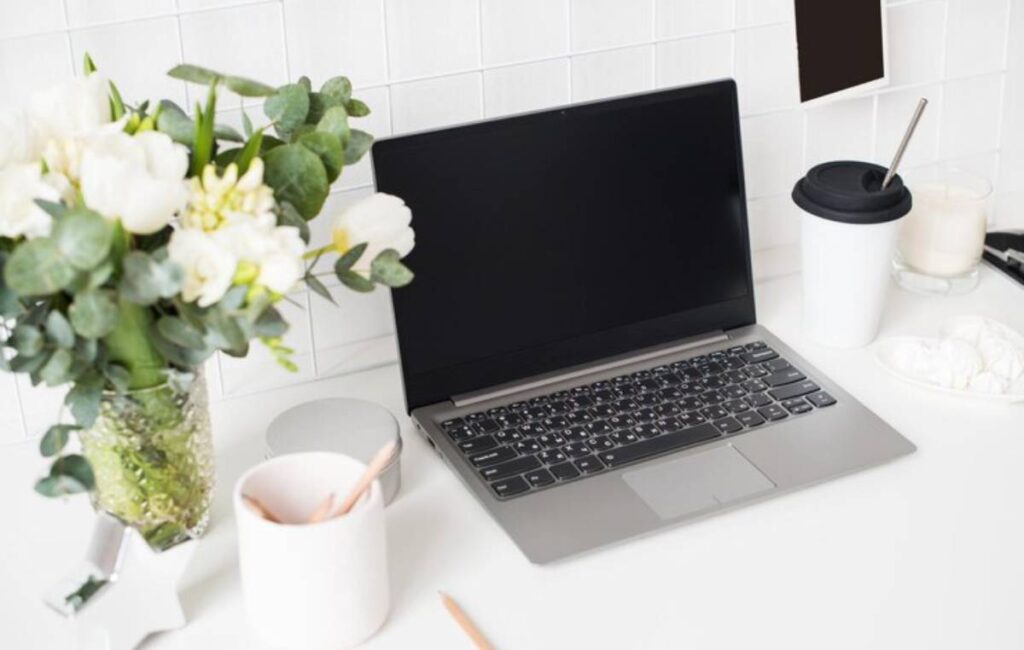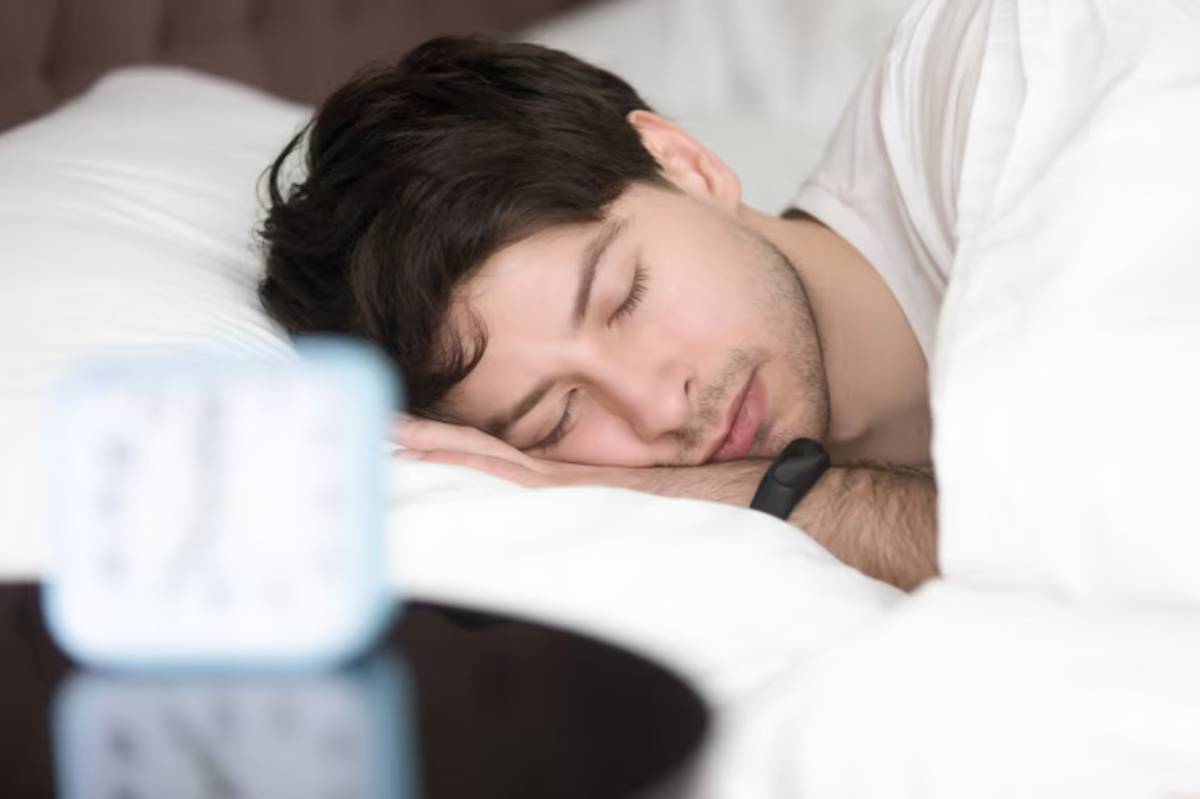The Personal Development Blog

What Is Digital Minimalism and Why It Matters
We live in a world where notifications never stop. Inboxes overflow, and screens are always with us. If you’ve ever found yourself scrolling without purpose, checking emails out of reflex, or wondering where your day went, you’re not alone.
This is where digital minimalism steps in. Digital minimalism isn’t just a buzzword or a quick tech break. It’s a thoughtful way to live that can change how you connect with technology. It’s about making smart digital choices, simplifying your online space, and freeing up room—mentally and emotionally—for what really matters.
In this article, we’ll explore digital minimalism. We’ll discuss what it is, why it’s popular, and how it can boost mental clarity and life satisfaction. Feeling tired of technology or just curious about digital detox? This is your starting point for a healthier, more balanced digital life.
Defining Digital Minimalism
Digital minimalism explained simply: it’s the art of using technology with purpose. Cal Newport, a computer science professor, coined and popularised this philosophy. It urges you to remove digital clutter. Focus only on tools and platforms that truly add value to your life. It’s not about living like a tech hermit or deleting every app. It’s about choosing your digital habits wisely. This supports your goals, relationships, and well-being instead of taking away from them.
At its core, digital minimalism is built on three pillars:
- Intentionality: Every digital tool you use has a defined role.
- Clarity: You’re aware of what’s distracting vs what’s empowering.
- Freedom: You regain control over your attention, time, and energy.
It’s about asking: “Is this digital interaction serving me, or am I serving it?”
The Rise of the Digital Detox Movement
Digital overload has become a modern epidemic. A recent study by Ofcom found that adults in the UK check their smartphones on average every 12 minutes during waking hours. Social media keeps us hooked. Emails create a sense of urgency. Streaming services mix rest with escape.
This surge in screen time hasn’t come without a cost.
- Mental fatigue
- Increased anxiety and sleep disruption
- Lower productivity due to constant multitasking
- Weakened in-person connections
In response, the digital detox movement emerged, encouraging short breaks from technology, often through screen-free retreats, no-phone weekends, or “unplugged” challenges.
But while digital detoxes offer temporary relief, digital minimalism provides a sustainable lifestyle shift. It’s not about stepping away once a month; it’s about rethinking the role of tech in your life, for good.
Why Digital Minimalism Matters
1. Protects Your Mental Health
Your brain isn’t built to process the volume of notifications, news, and digital noise it faces daily. Frequent digital use can cause stress, shorten attention spans, and make it hard to relax.
Digital minimalism helps create breathing room. By removing the digital clutter, you allow your brain to slow down, focus, and recharge.
You’ll likely notice:

- Better sleep quality
- Clearer thinking
- Reduced anxiety levels
It’s not just about doing less — it’s about feeling better while doing it.
2. Improves Your Focus and Productivity
If you’ve ever sat down to work and found yourself 20 minutes deep into a video rabbit hole instead, you’re not alone. Fragmented attention is the norm in a tech-saturated environment.
Adopt minimalist tech habits. Turn off non-essential notifications and set screen-free work blocks. This way, you can regain your focus and do meaningful work.
In fact, when exploring how to track screen time and actually do something about it, many people report a dramatic boost in both energy and clarity.
Real-Life Example: Meet Anna
Anna, a freelance graphic designer in Manchester, found herself spending nearly 6 hours a day across various social apps. “I didn’t realise how much time I was losing until I tracked it,” she recalls. “I felt mentally exhausted but hadn’t accomplished much.”
After talking to a friend, she chose to remove all non-essential apps for 30 days. She kept only the ones needed for client communication and project work.
During that month, Anna:

- Read books she’d been putting off
- Slept better
- Completed more client work in less time
Most importantly, she no longer felt “digitally drained.”
Digital minimalism isn’t about being perfect. It’s about being intentional, just like Anna was.
Common Misconceptions
“Digital minimalism means deleting everything”
Not at all. It’s not about ditching tech, but using it purposefully. If Instagram is your creative outlet or Twitter helps your business thrive, keep them. Just set boundaries so they don’t manage you.
“It’s just a fancy word for digital detox”
The two are related but not the same. A digital detox is a temporary break; digital minimalism is a long-term lifestyle shift. It teaches you to change your tech habits, not escape them for a while. For a full comparison, read Digital Minimalism vs. Digital Detox: Key Differences.
“Only tech addicts need this”
Anyone who uses a smartphone, laptop, or social media can benefit. You don’t have to be glued to your screen to experience subtle digital fatigue.
How to Get Started (Without Feeling Deprived)
You don’t need to overhaul everything at once. Start small.

- Set screen boundaries: Try 30 minutes of tech-free time after waking up doing meditation.
- Audit your apps: Which ones actually add value?
- Silence the noise: Turn off non-critical notifications.
- Curate content: Follow people and platforms that uplift you.
When you start, you’ll feel digital clarity. You’ll focus better, feel less overwhelmed, and enjoy your day more.
Digital Minimalism and Tech-Life Balance
Ultimately, digital minimalism helps you rebalance the scales.
Instead of letting your phone dictate your day, you decide:
- When you engage
- What platforms you use
- Why those tools belong in your life
It’s empowering to feel like you’re back in the driver’s seat of your own attention. Over time, this intentionality shapes a calmer, more purpose-driven lifestyle.
It may even lead you to create screen-free zones at home, like a no-phone dining table or bedroom, to reinforce healthier boundaries. That idea is explored in more depth in Creating Screen-Free Zones at Home.
Final Thoughts: A Quiet Revolution Worth Joining
We often think of minimalism as removing clutter from our homes. But what about the digital clutter that fills our minds?
Digital minimalism sparks a quiet revolution. It helps you reclaim your attention, deepen your focus, and reconnect with what truly matters.
You don’t have to go off-grid or bin your smartphone. Instead, start by choosing what to keep and what to let go of with intention. With every small change, you’ll move closer to a life where your tech serves you, not the other way around.
So, are you ready to begin your digital minimalism journey? Start today with one simple change — and notice the difference.









